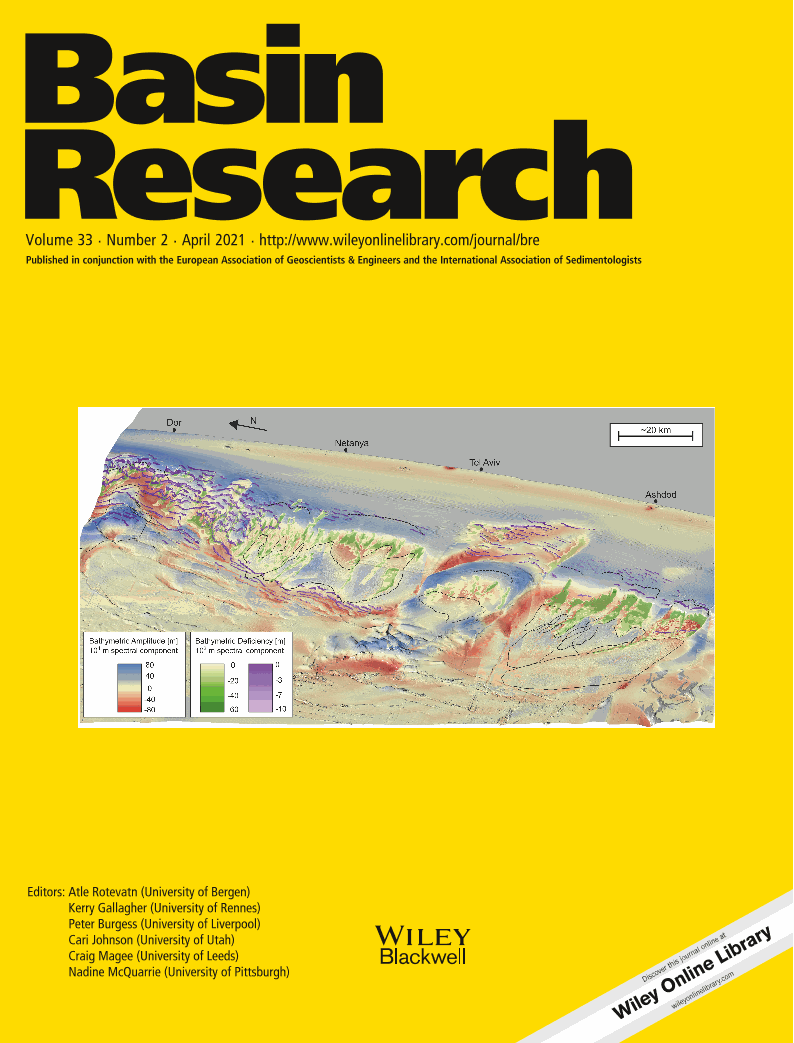
Full text loading...
 , Pablo Granado1
, Pablo Granado1 , Josep Anton Muñoz1
, Josep Anton Muñoz1
Subsidence analysis study for several Triassic carbonate platforms from the eastern Northern Calcareous Alps shows that salt expulsion allowed for the growth of thick isolated depocentres (>1.5 km) at rates faster than those tectonic subsidence alone can provide. Our results, in addition to independent regional geological evidence, argue against previous models of thick‐skinned extension controlling accommodation space. Differential sedimentary loading and stretching of the salt layer can explain the development of the Triassic isolated carbonate platforms in the Northern Calcareous Alps, with salt expulsion being proportional to the growth potential of the carbonate producers. Aside of topographic loads, early diageneses of carbonates allow for the density inversion between sediment and salt, with differential loading by carbonate aggradation leading to a self‐sustained feedback cycle of density‐driven and gradient load subsidence; stretching of the salt layer and extensional deformation of its overburden, as constrained by cross‐section restoration, also contributed to diapir initiation and salt expulsion. Our model can: (a) explain the occurrence of isolated Middle Triassic carbonate platforms in the eastern Northern Calcareous Alps, and (b) differentiate between accommodation space controlled by (local) salt expulsion and by (regional) tectonic subsidence. The Triassic Neo‐Tethys shelf of the studied area constituted therefore a salt wall and minibasin province. This contribution and methods herein can also be applied to other carbonate platform systems developed on salt basins, especially where the transition from rift to drift remains unclear.
,Subsidence and growth rates of the Triassic units compared to subsidence mechanisms based on Schlager (1981). The accumulation rate of stratigraphic units is displayed in comparison to the derived total subsidence curve. Two kinds of units can be individuated based on their total subsidence curves: one group for which accommodation space was driven by thermal subsidence, and a second group falling above the thermal subsidence curve, indicating subsidence rates requiring salt expulsion in addition to cooling.

Article metrics loading...

Full text loading...
References


Data & Media loading...

